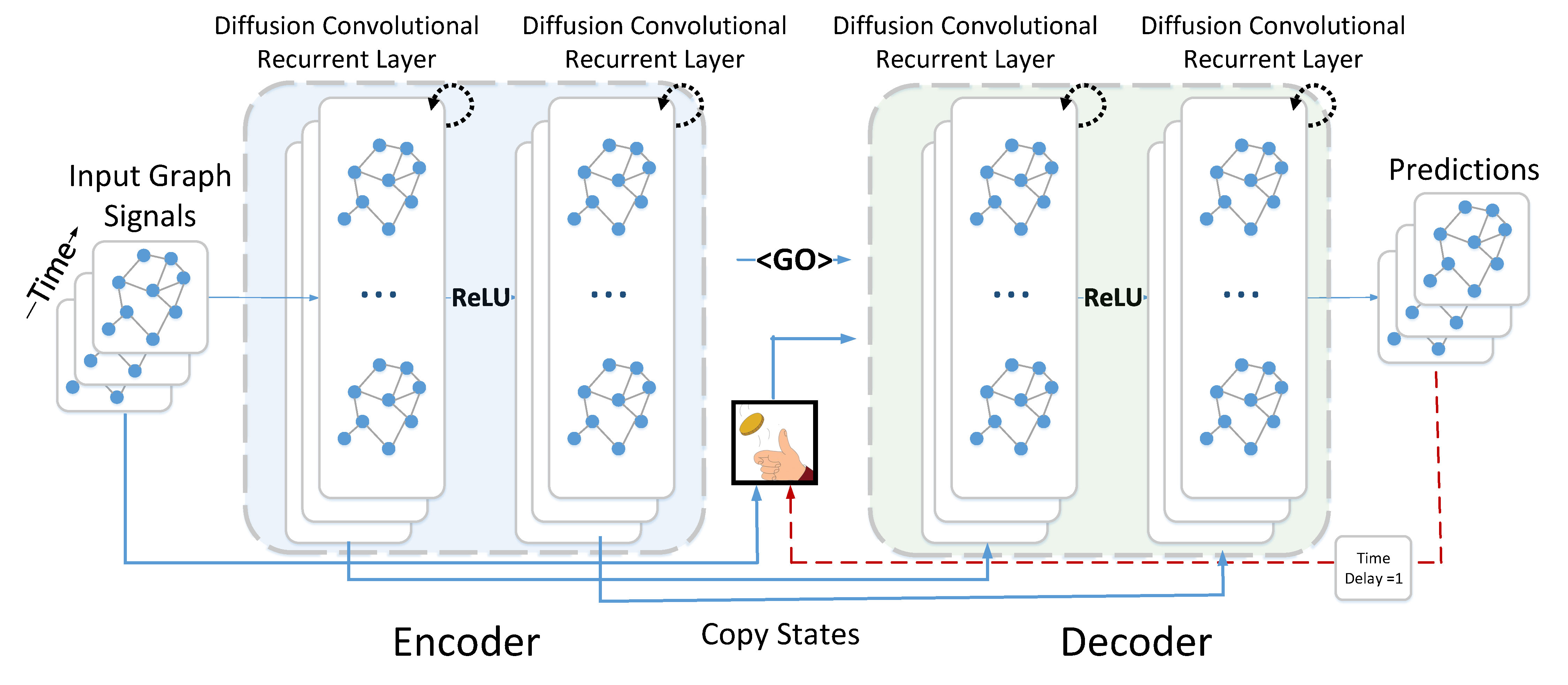Graph-Partitioning-Based Diffusion Convolutional Recurrent Neural Network for Large-Scale Traffic Forecasting
Traffic forecasting approaches are critical to developing adaptive strategies for mobility. Traffic patterns have complex spatial and temporal dependencies that make accurate forecasting on large highway networks a challenging task. Recently, diffusion convolutional recurrent neural networks (DCRNNs) have achieved state-of-the-art results in traffic forecasting by capturing the spatiotemporal dynamics of the traffic. Despite the promising results, however, applying DCRNNs for large highway networks still remains elusive because of computational and memory bottlenecks. We present an approach for implementing a DCRNN for a large highway network that overcomes these limitations. Our approach uses a graph-partitioning method to decompose a large highway network into smaller networks and trains them independently. We demonstrate the efficacy of the graph-partitioning-based DCRNN approach to model the traffic on a large California highway network with 11,160 sensor locations. We develop an overlapping nodes approach for the graph-partitioning-based DCRNN to include sensor locations from partitions that are geographically close to a given partition. Furthermore, we demonstrate that the DCRNN model can be used to forecast the speed and flow simultaneously and that the forecasted values preserve fundamental traffic flow dynamics. Our approach to developing DCRNN models that represent large highway networks can be a potential core capability in advanced highway traffic monitoring systems, where a trained DCRNN model forecasting traffic at all sensor locations can be used to adjust traffic management strategies proactively based on anticipated future conditions.
PDF Abstract

